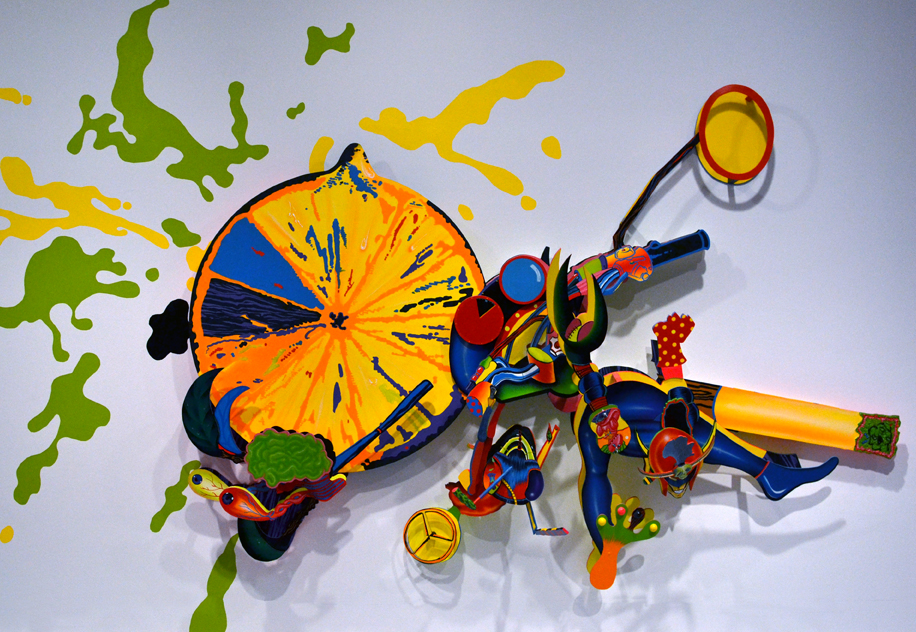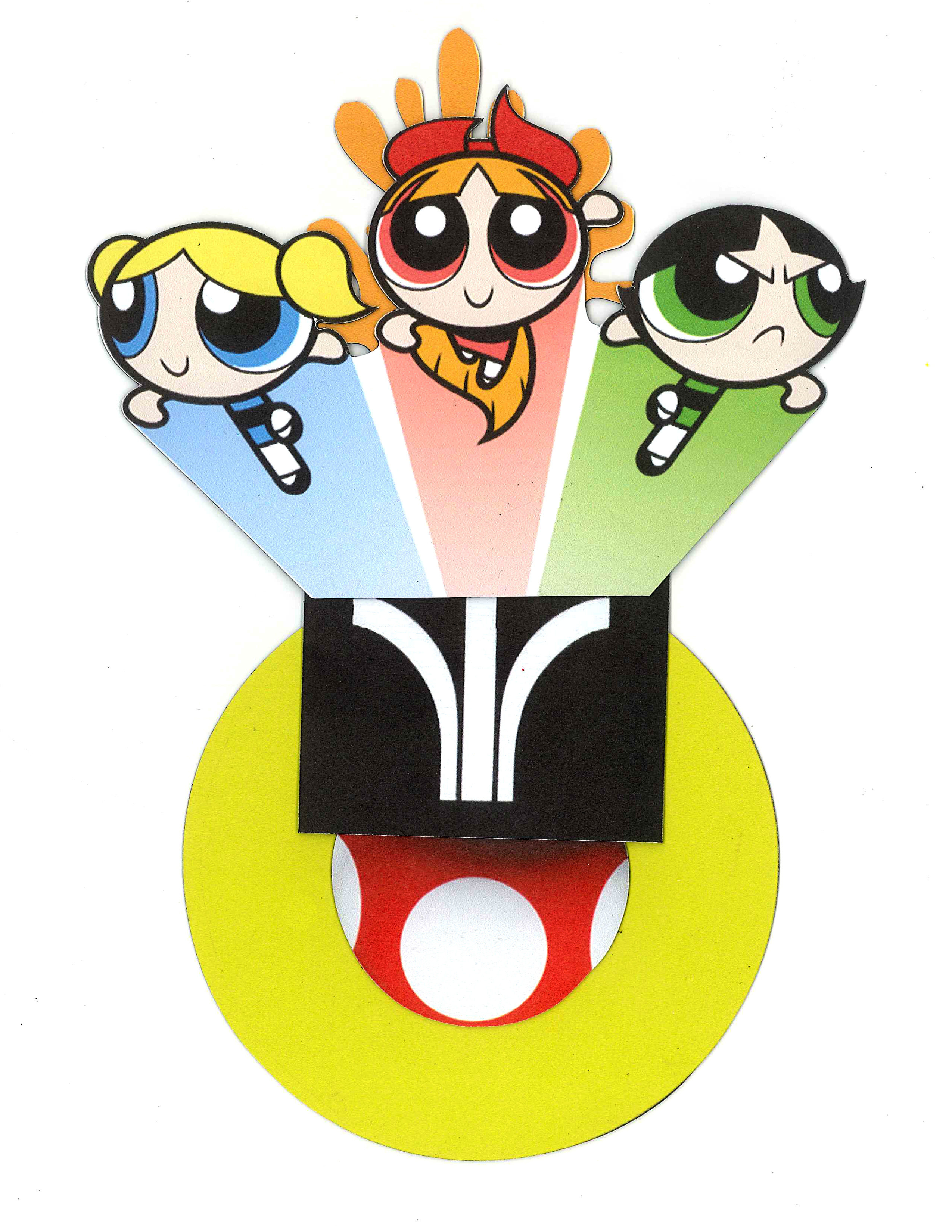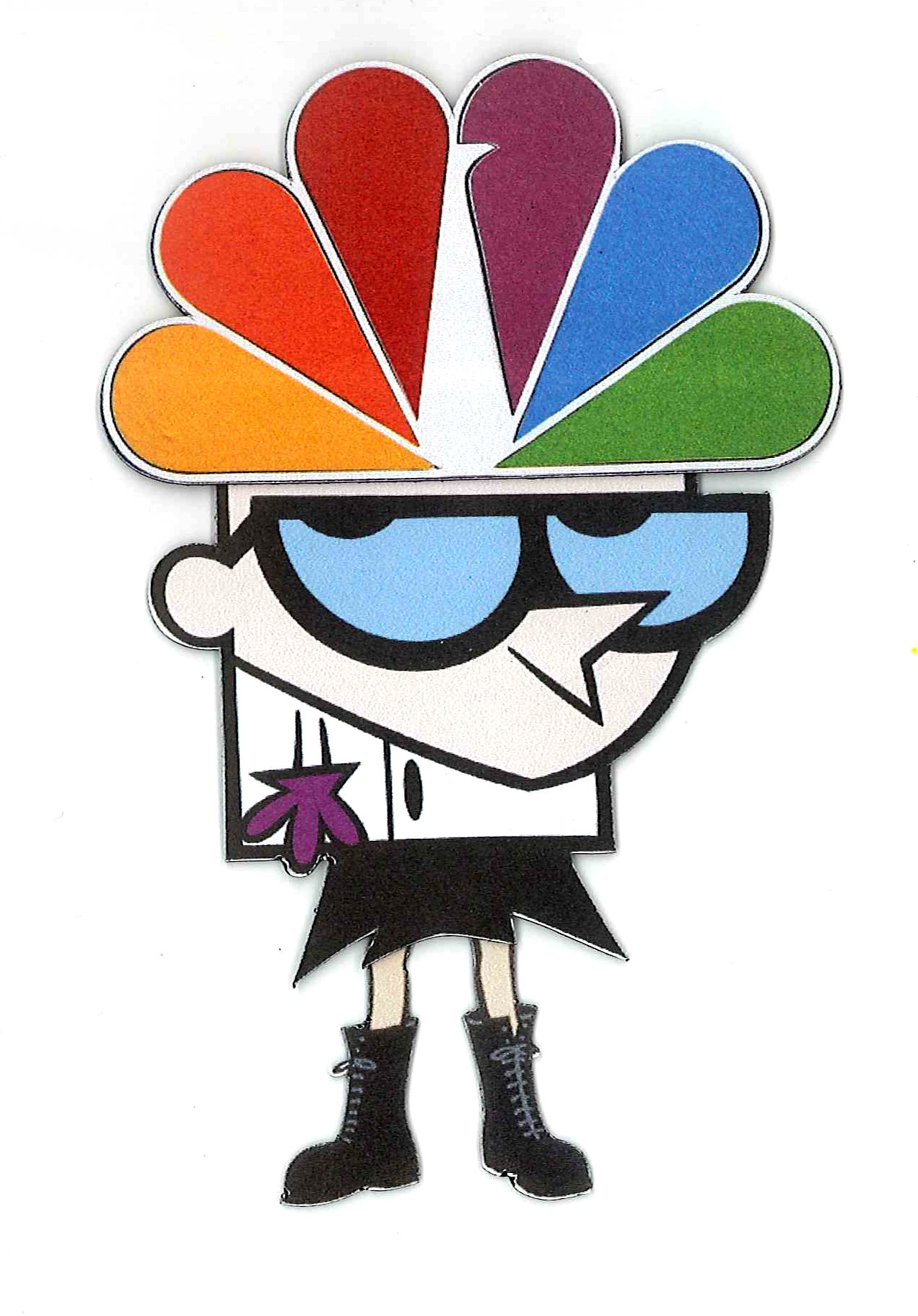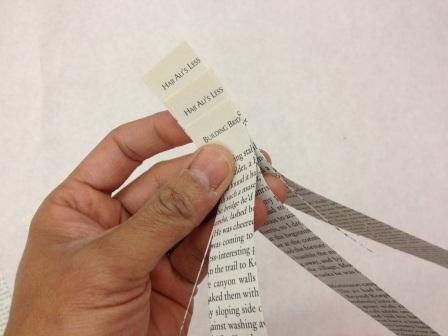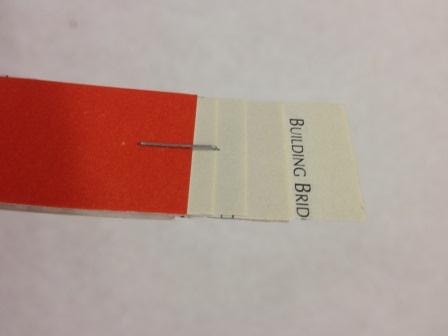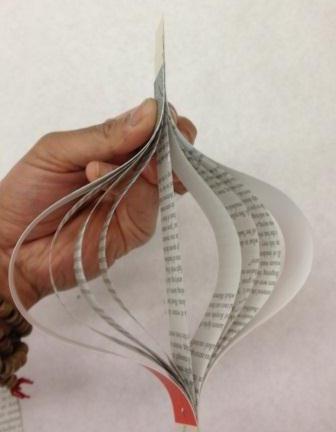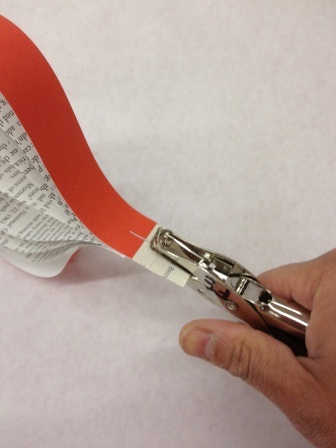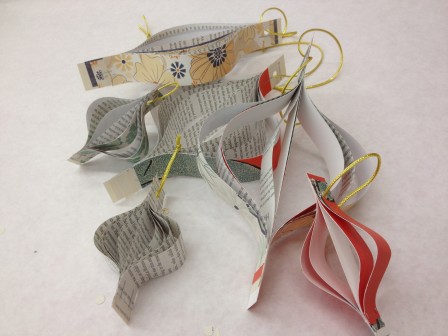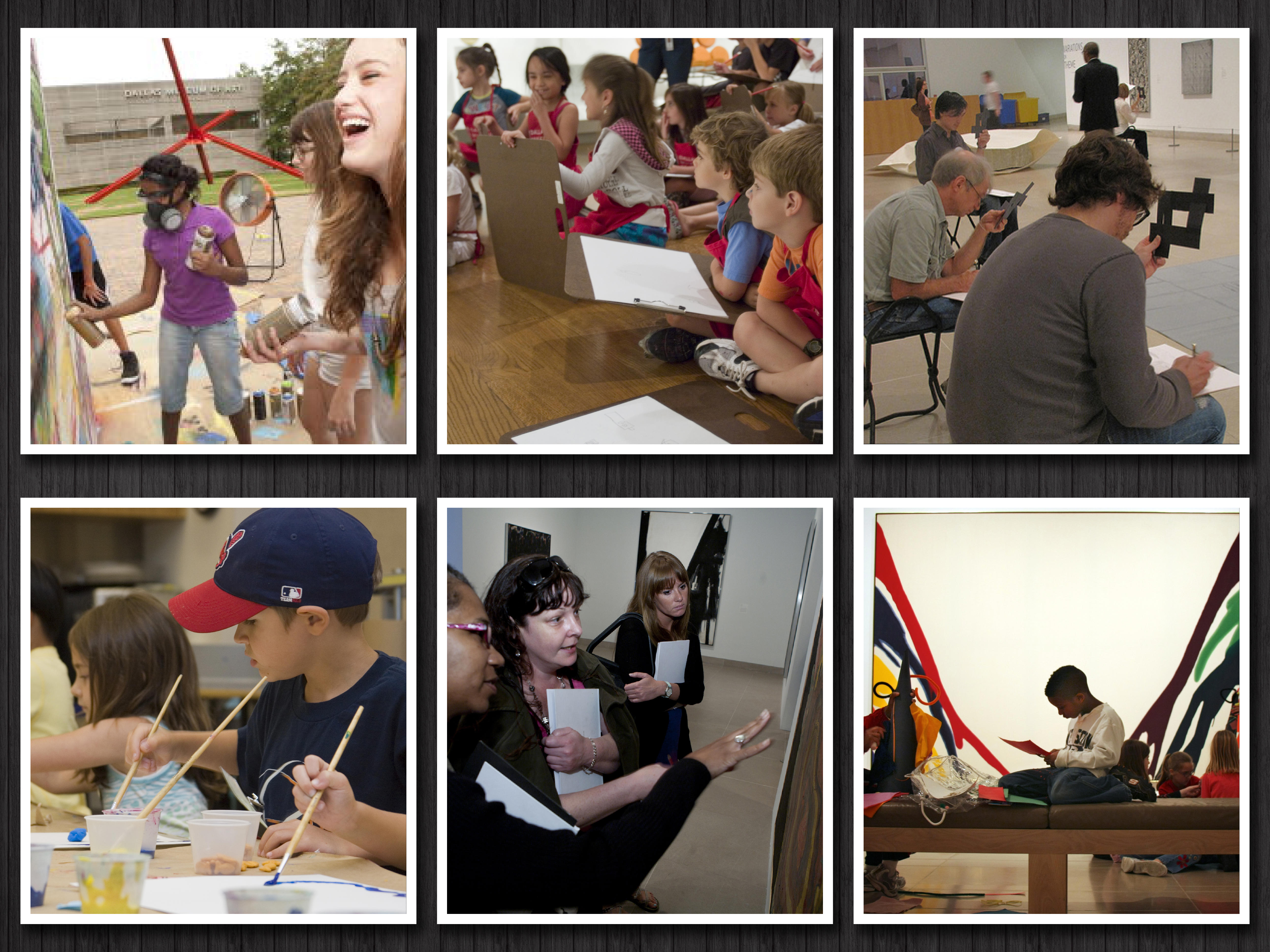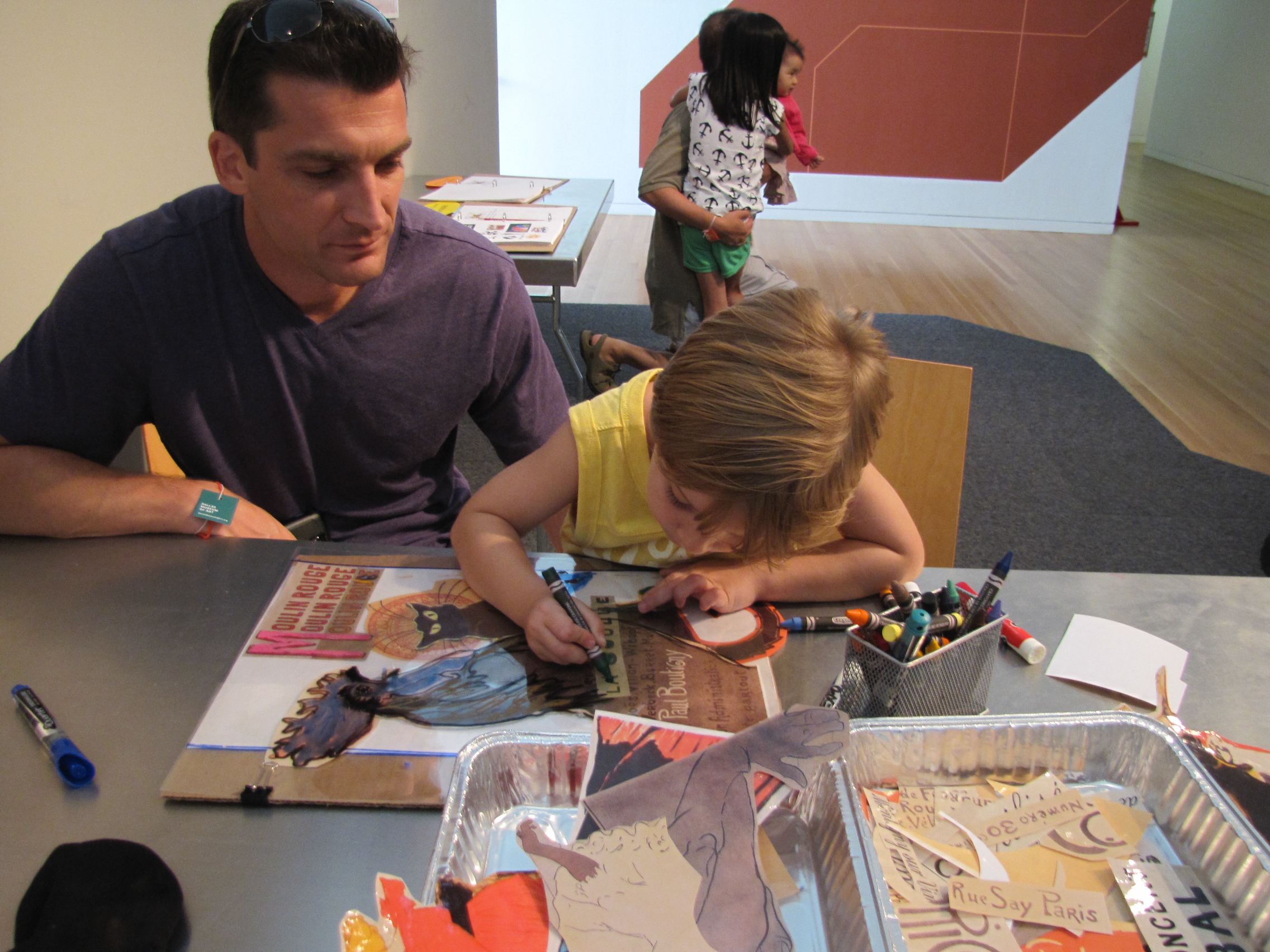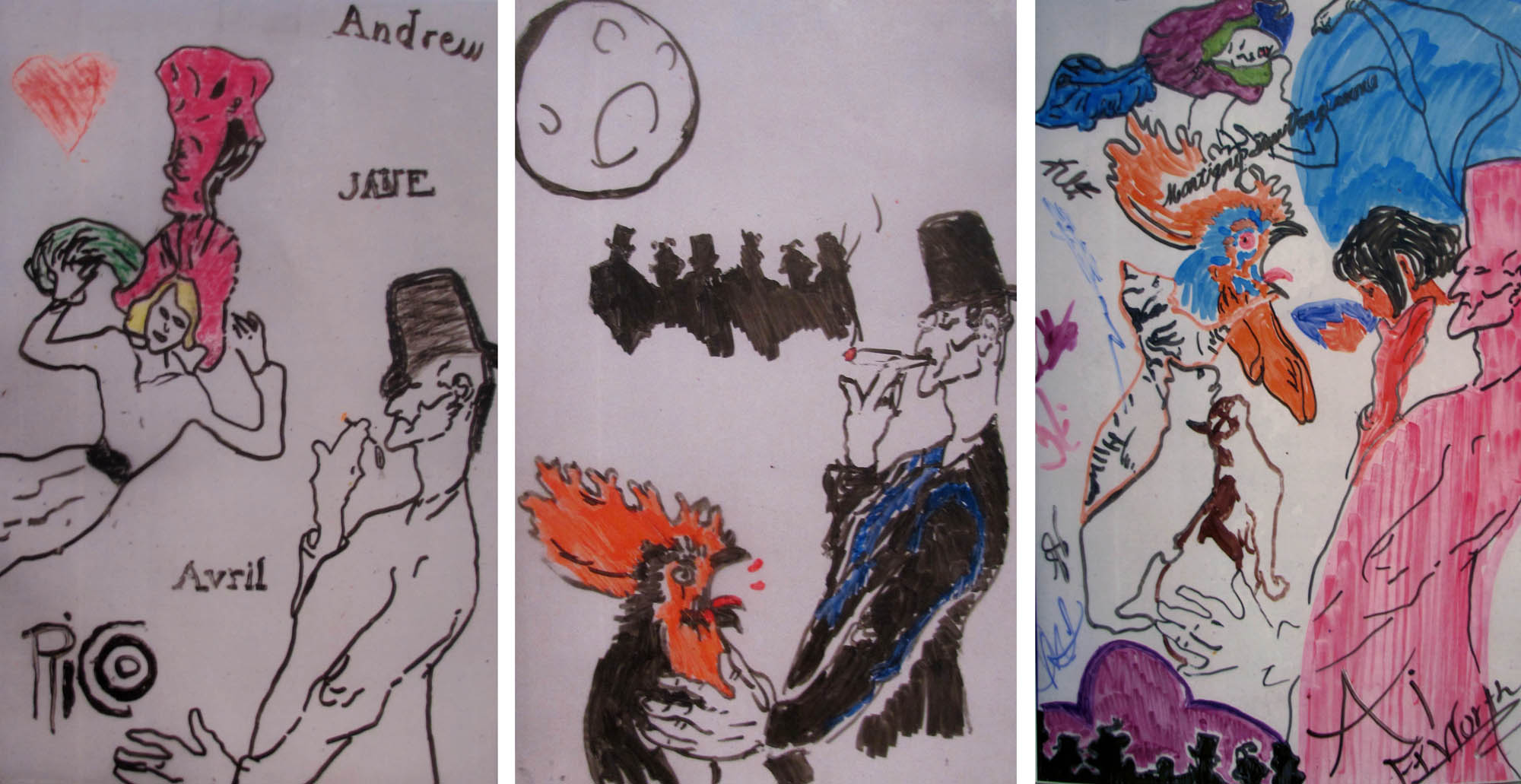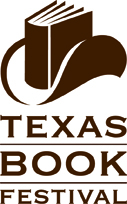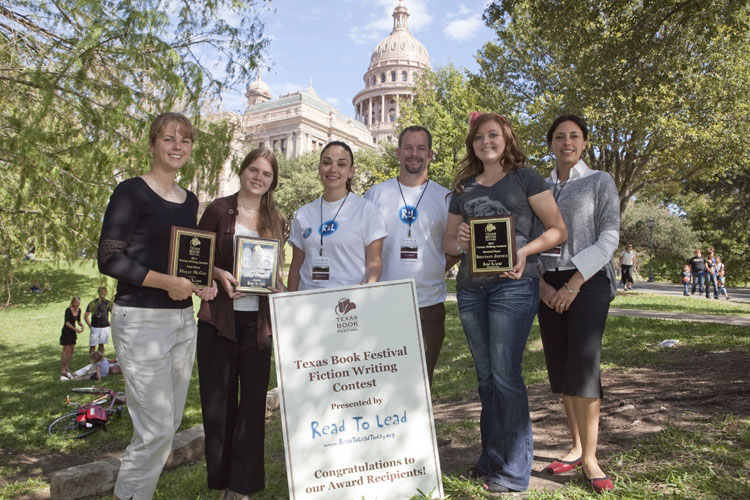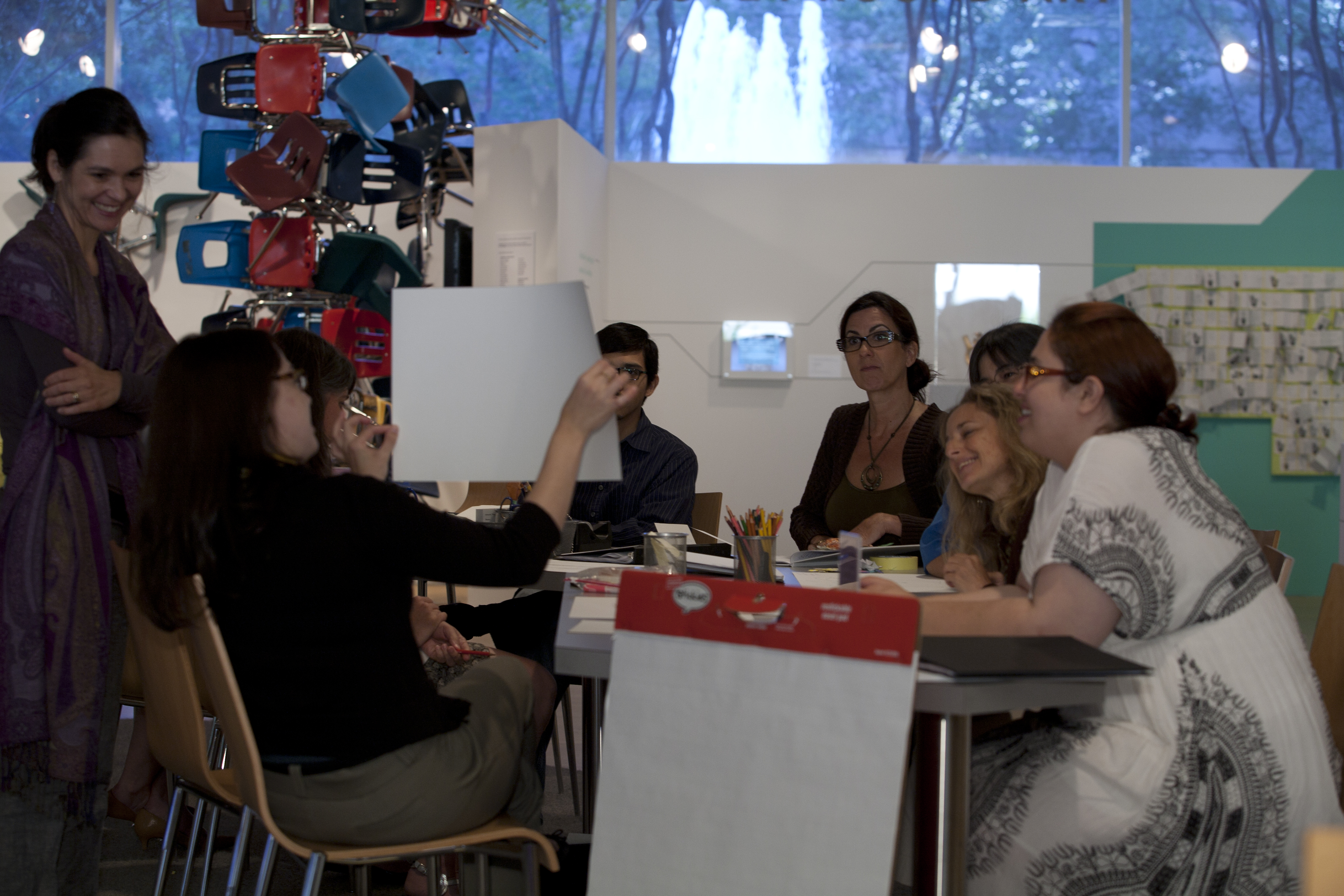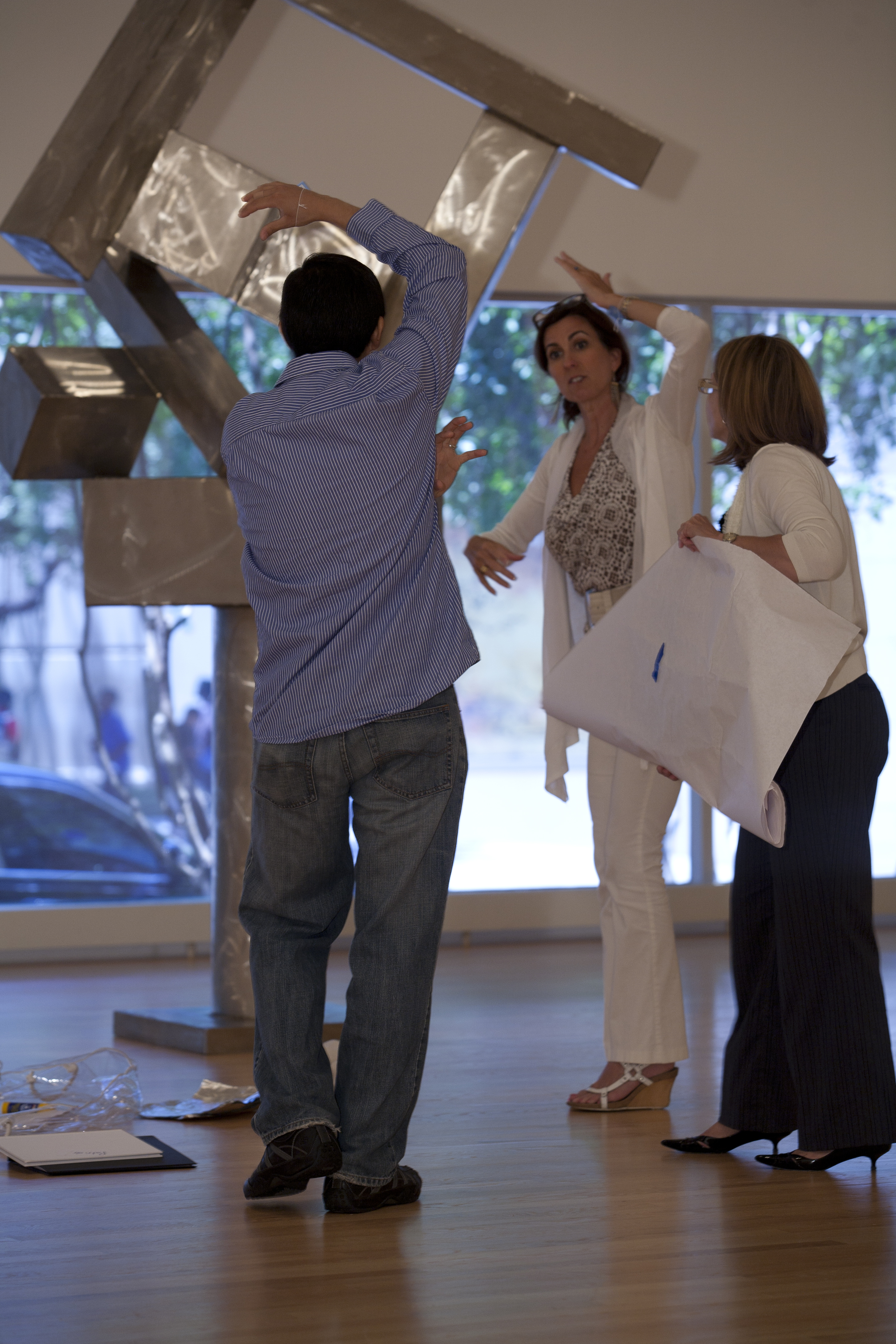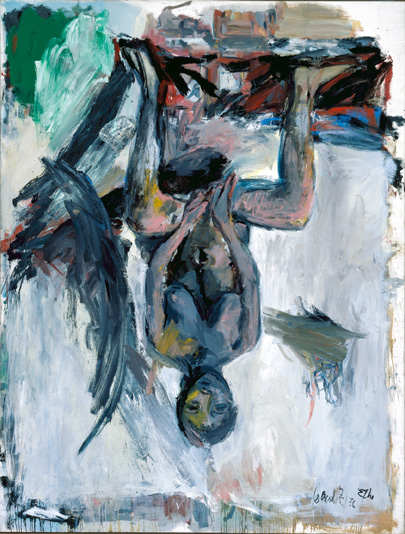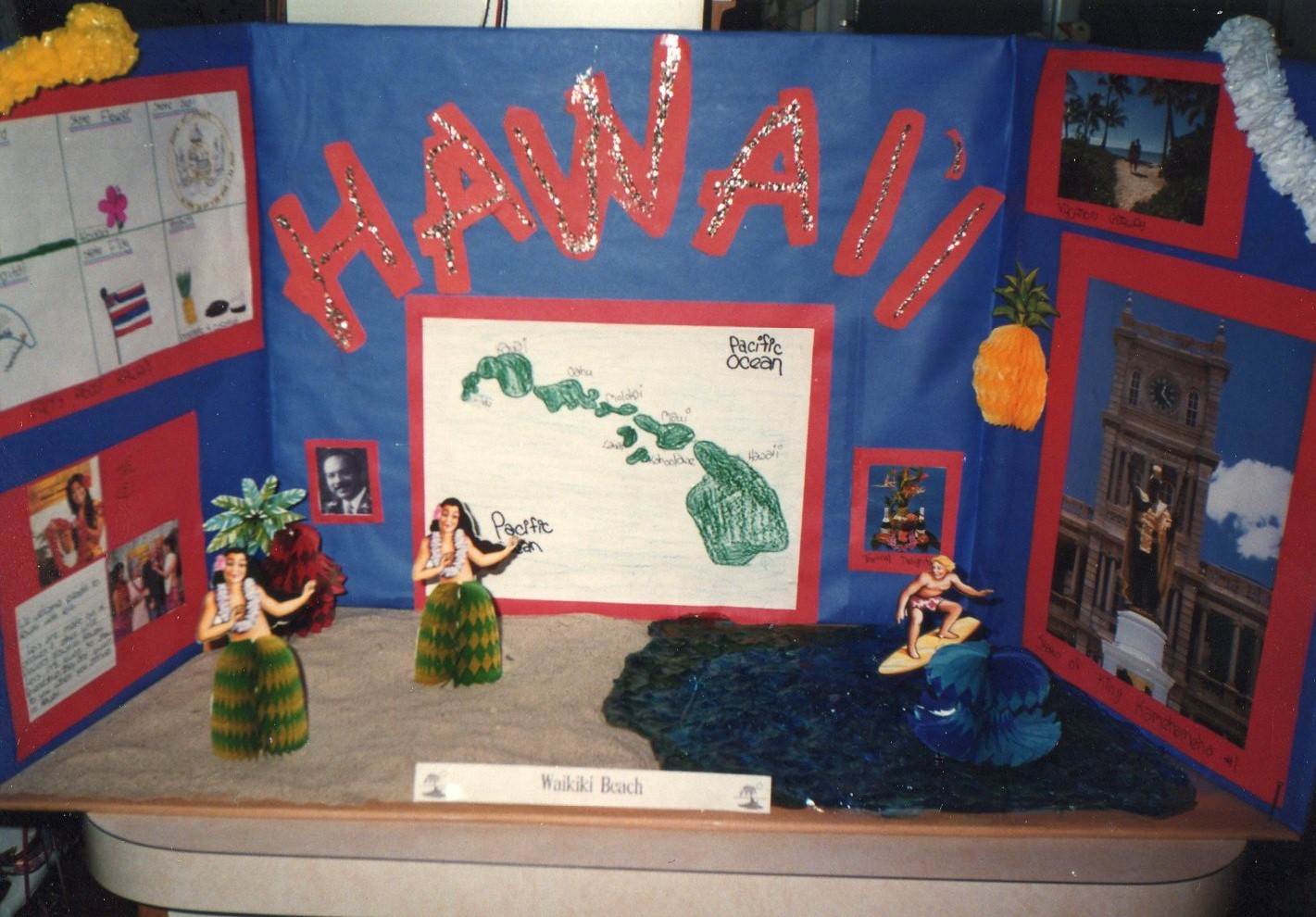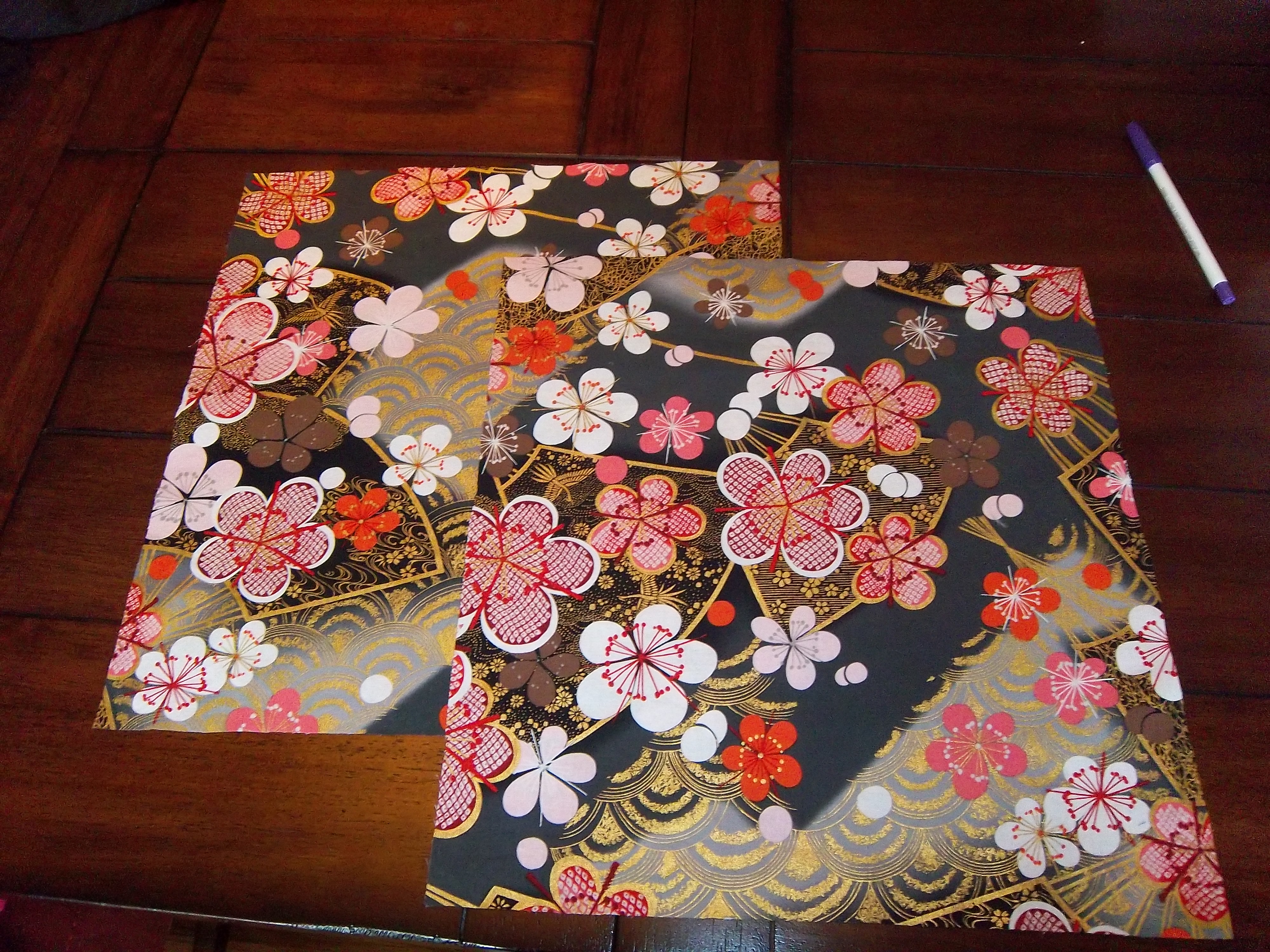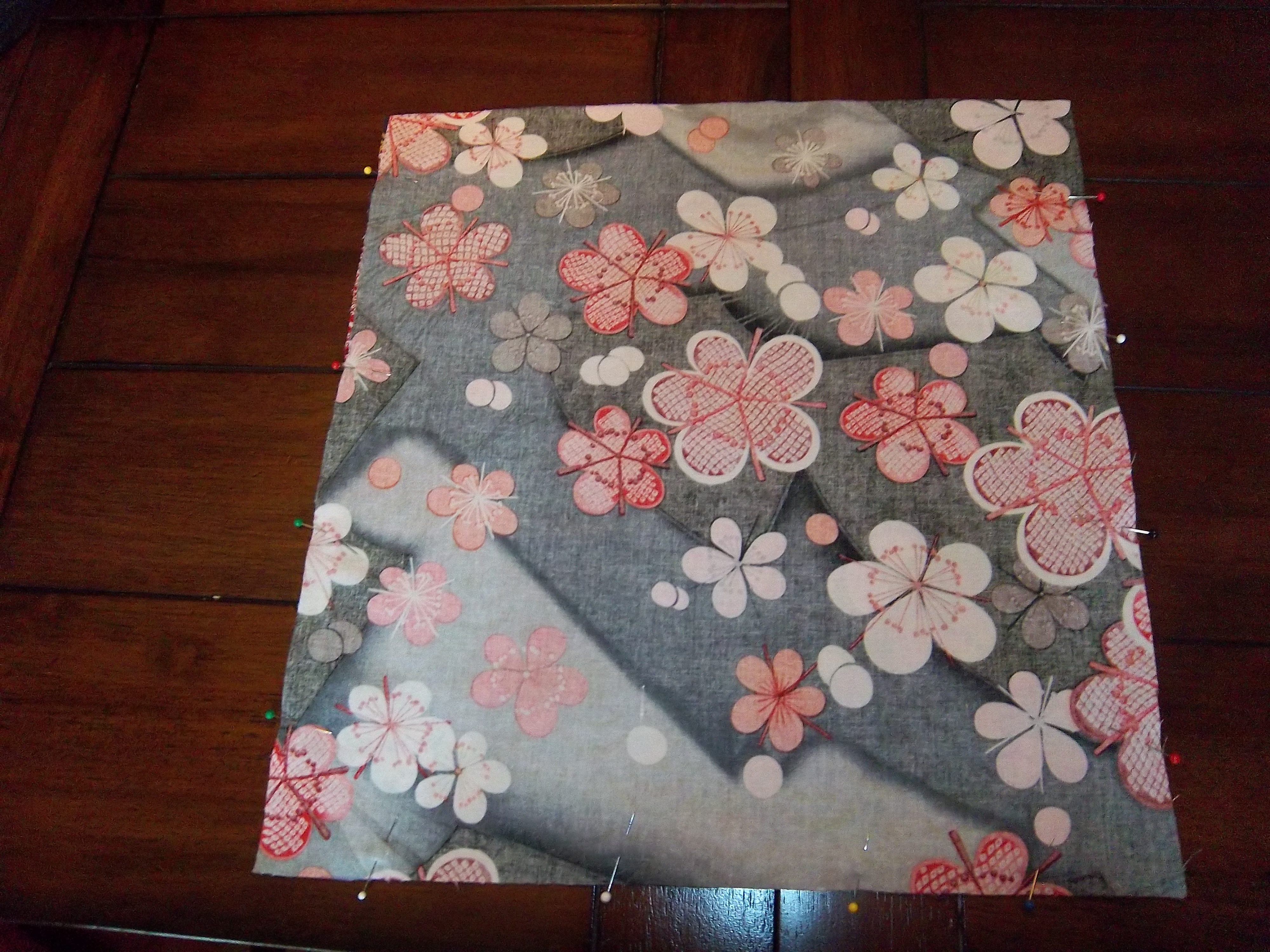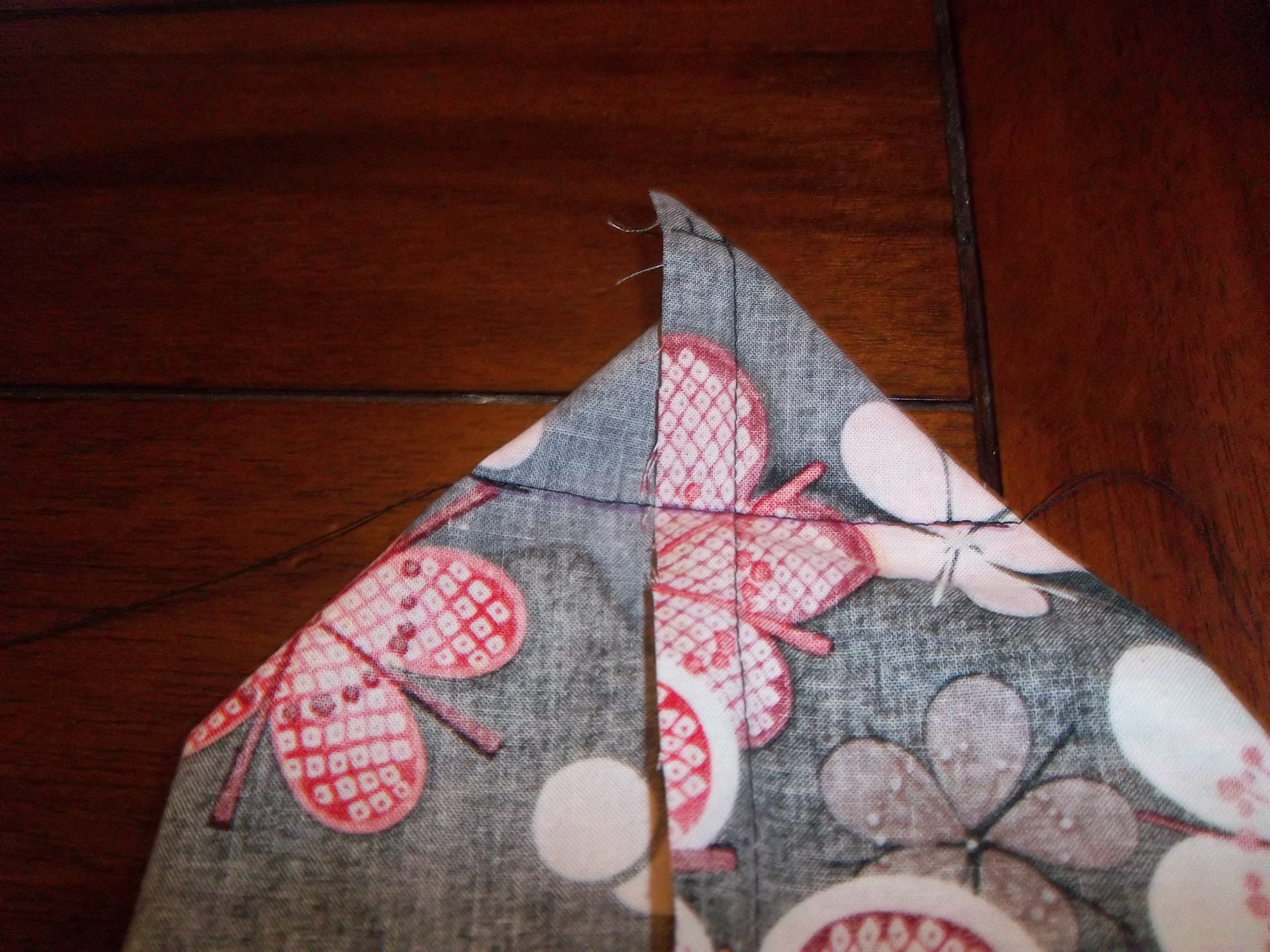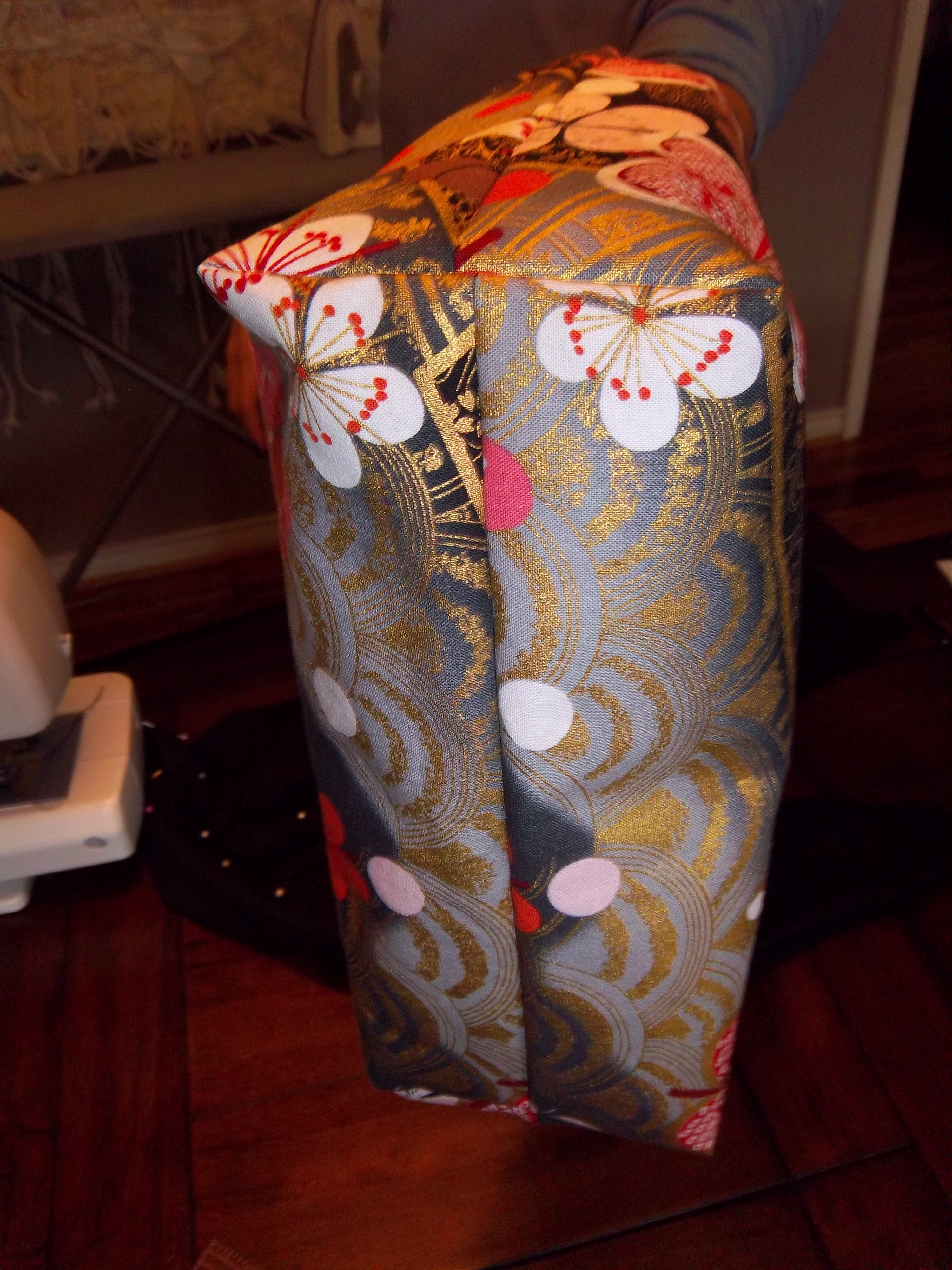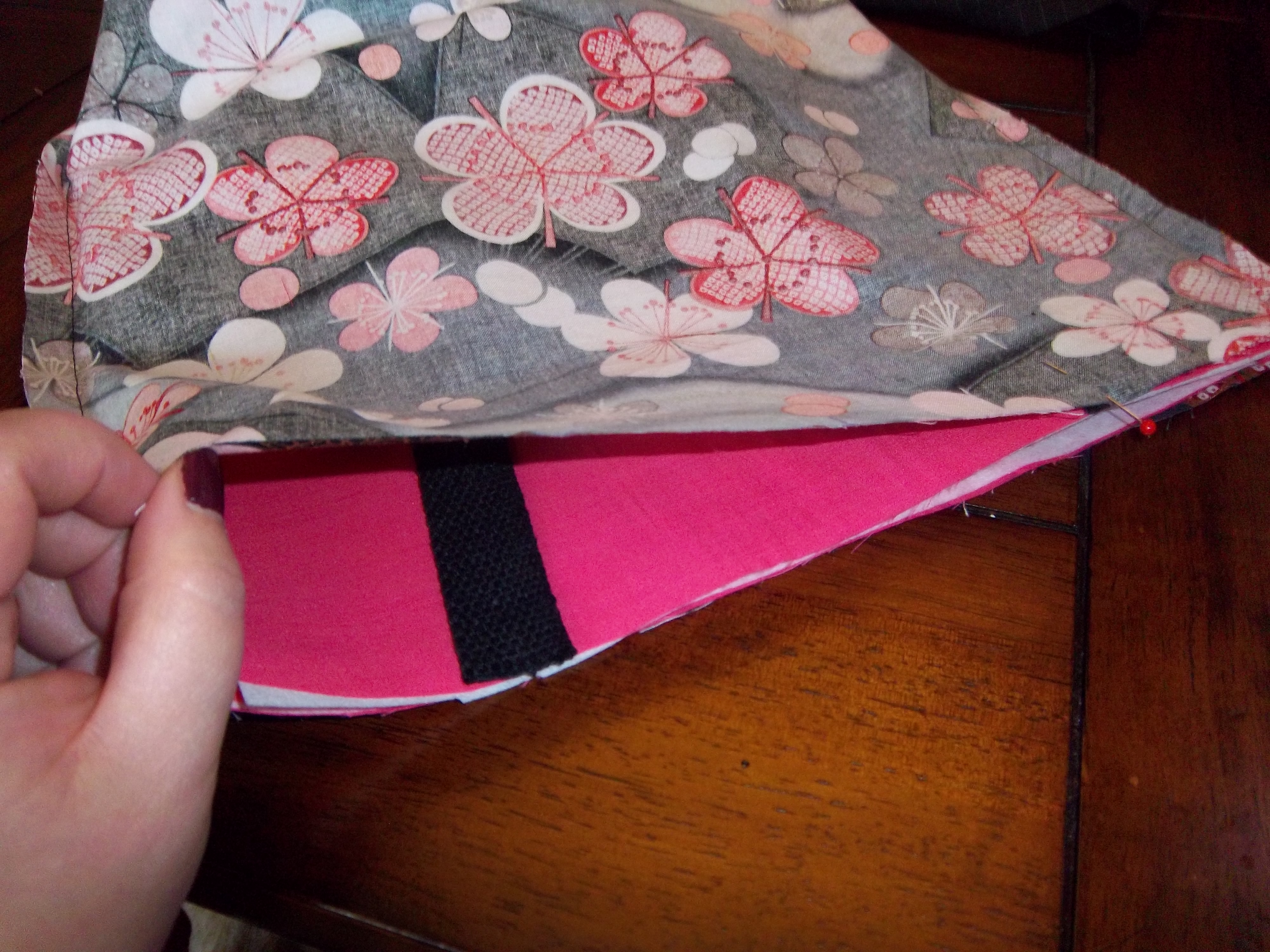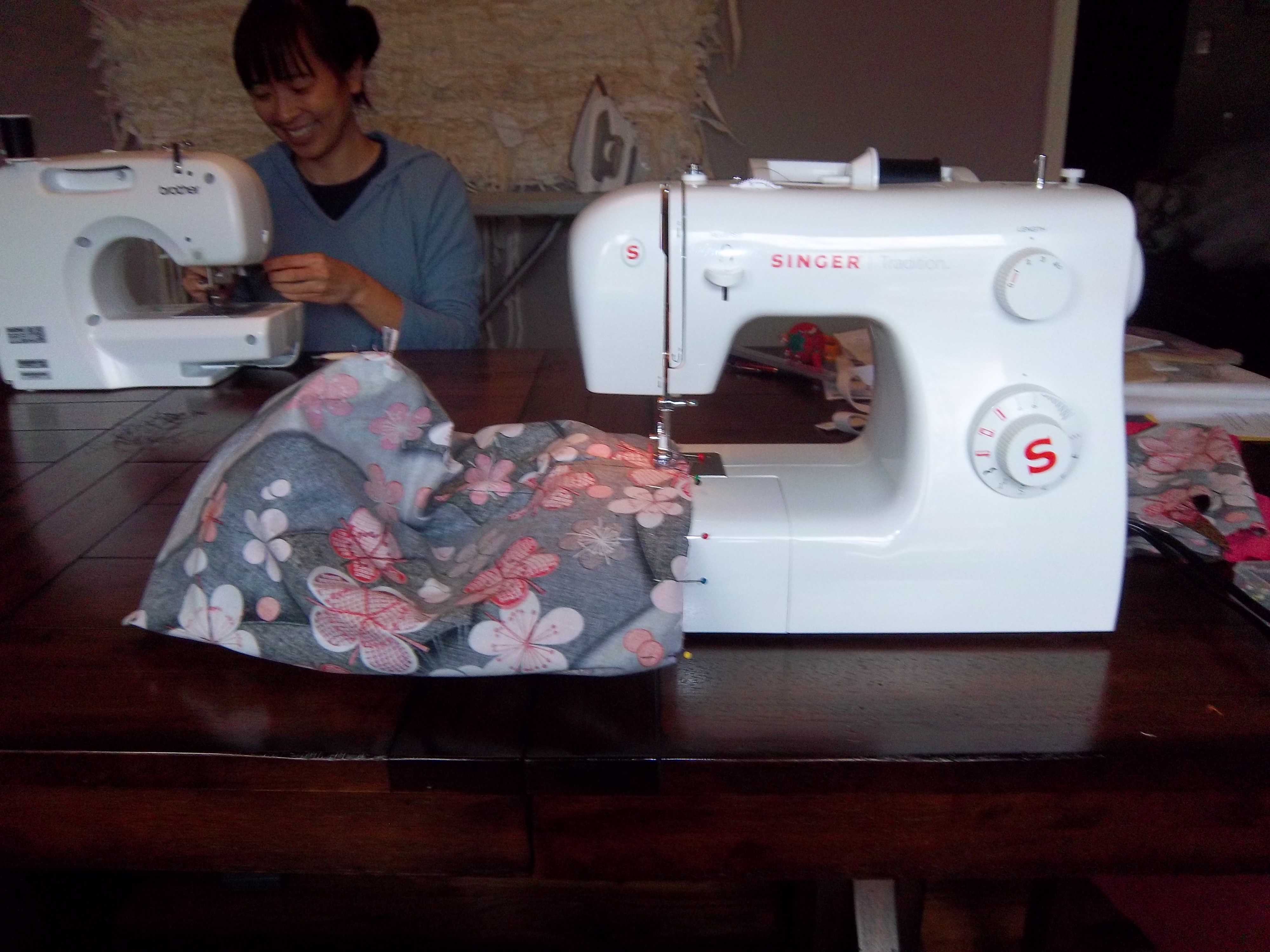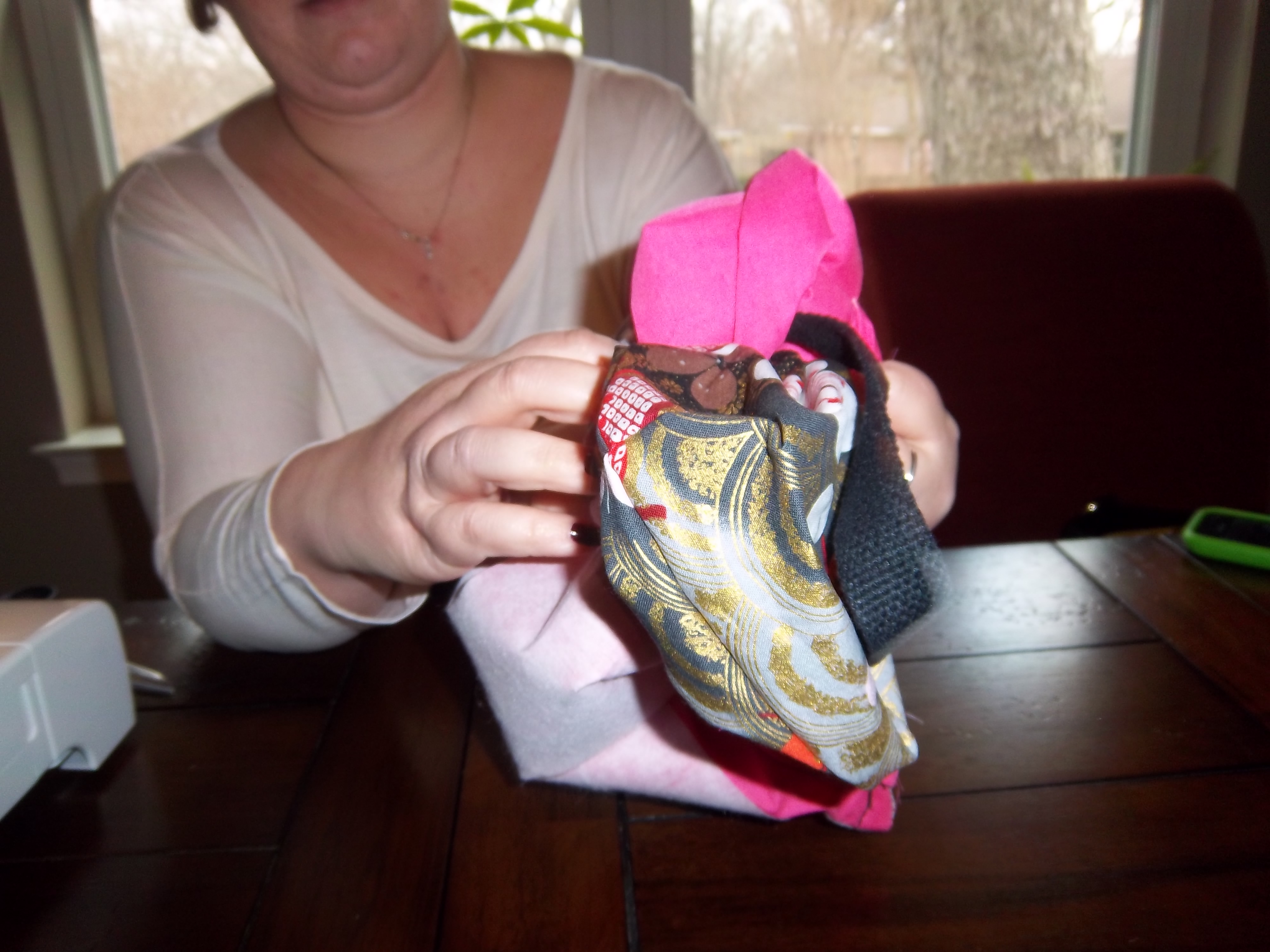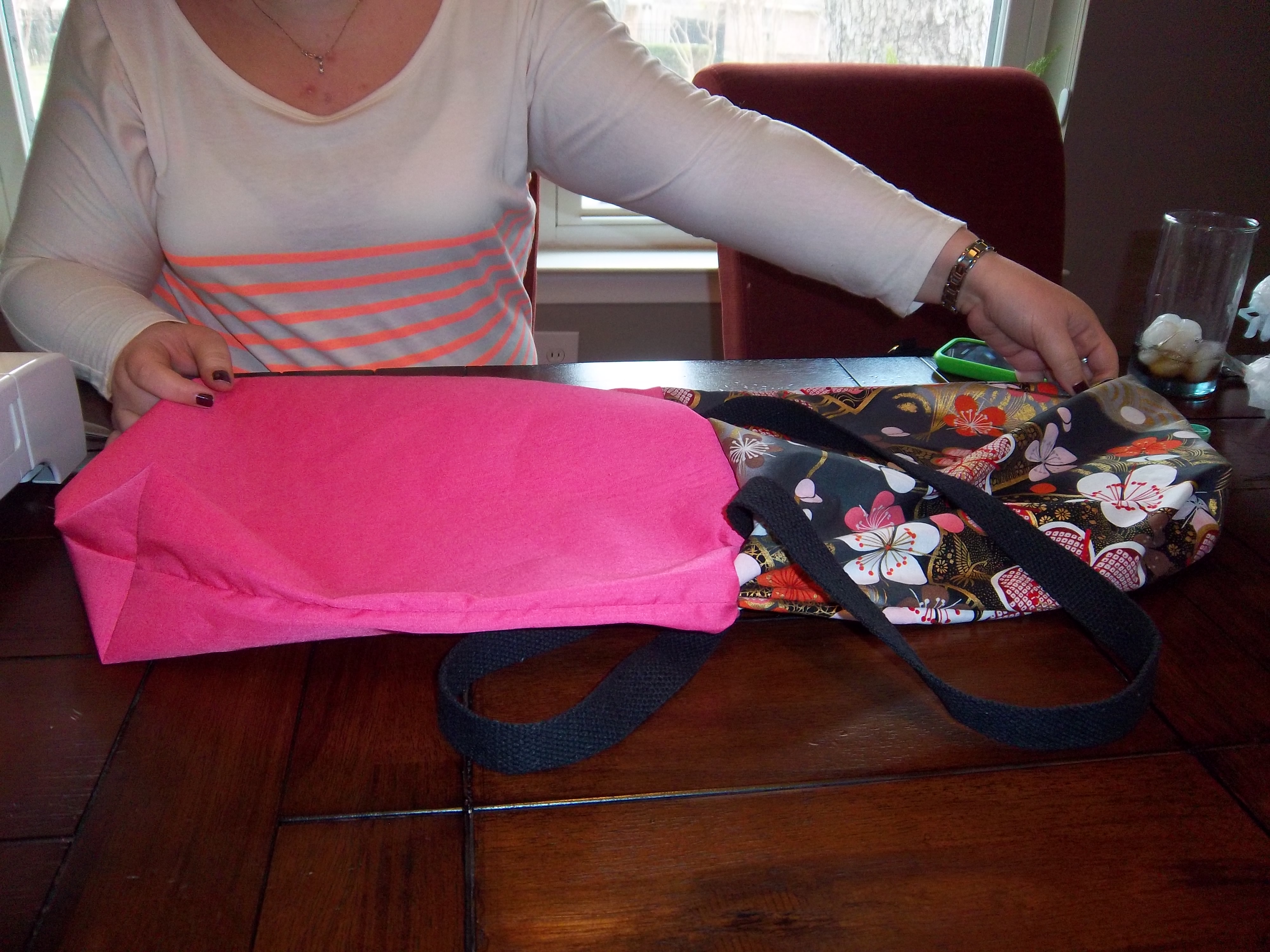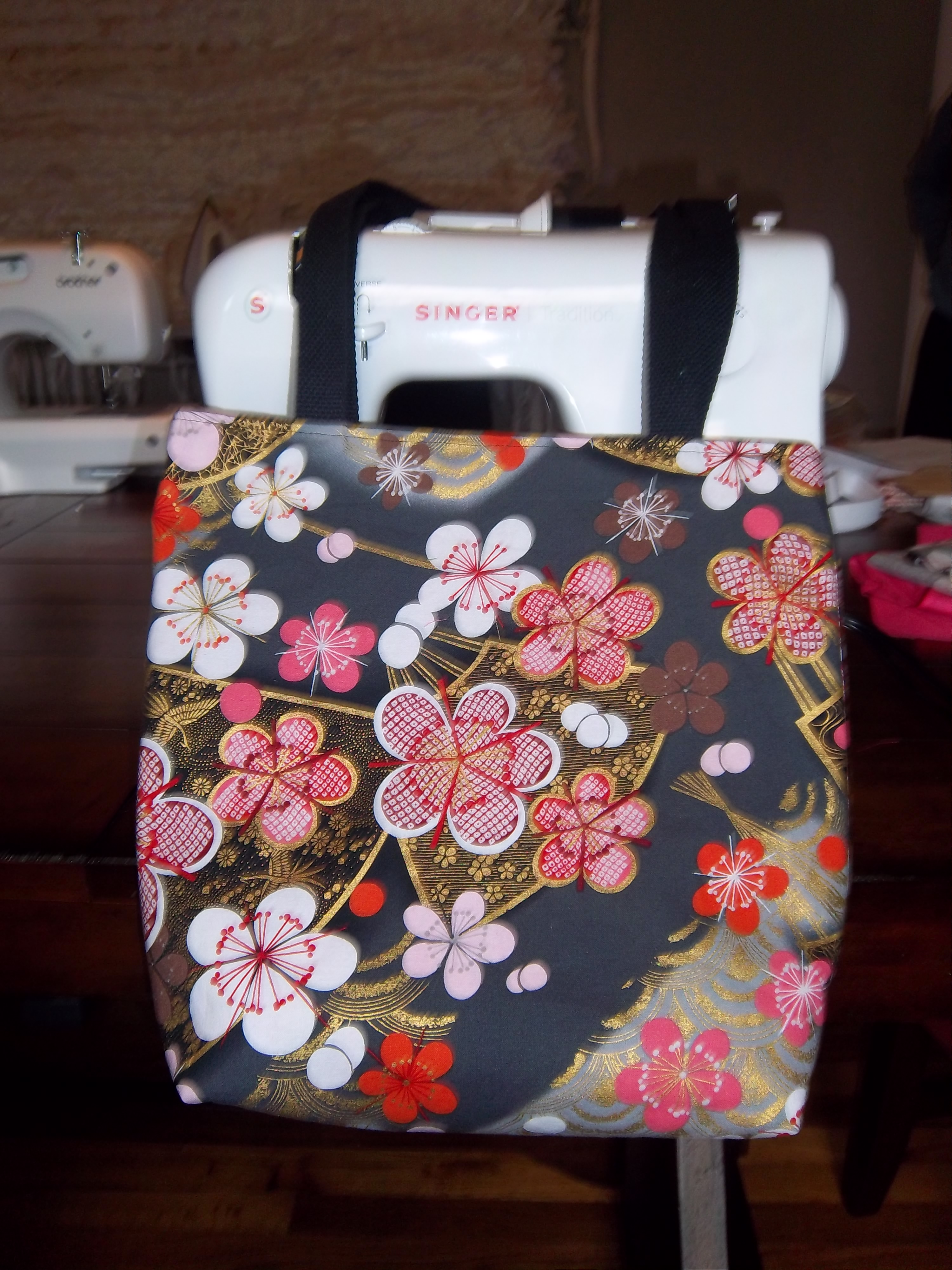Have you stopped by the Center for Creative Connections lately? If the answer is no, then add it to your “to do” list because you won’t want to miss this exciting new work of art in the entryway. John Hernandez’s bright and energetic piece, HI-C Avenger was recently installed along with an interactive component.
First, a little background on the art and artist. John Hernandez is a San Antonio based artist who has ties to the North Texas region. Hernandez received his MFA from the University of North Texas where he studied under Vernon Fisher. Can you see the influence Fisher might have had on his student?
“When you have a teacher like Vernon Fisher and his paintings are like black and white… I just wanted to go to the extreme, I started doing these wild colors,” Hernandez said during an interview with David Rubin.
Hernandez references a wide array of influences ranging from popular culture (movies, comics, toys, and commercials) to biology and nature (plants, animals, and body parts). He describes his process as both spontaneous and deliberate as he morphs appropriated images together to form a collage and then builds a three dimensional model to figure out the structure. What references can you find in HI-C Avenger?
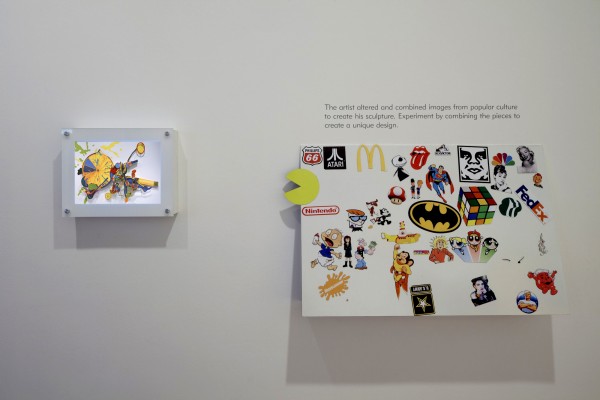
The interactive component that we have designed to supplement this work of art is two-fold. There is a short video that plays clips and still images of some of the direct references that inspired HI-C Avenger. Alongside this is a magnetic board filled with pop culture icons from the past and present. Visitors can arrange the magnets, layering and combining them to create their own Hernandez-inspired creation.
Come by, see the new work, and play a while!
Also, mark your calendars for these upcoming opportunities to participate in a workshop led by John Hernandez:
Late Night Creations with artist John Hernandez
6:30 p.m., 7:45 p.m., and 9:00 p.m., Art Studio, Center for Creative Connections (C3)
Join us for a special workshop with guest artist John Hernandez. John will talk about his creative process and then guide participants in constructing sculptures using toys and other found objects.
Jessica Fuentes
C3 Gallery Coordinator
